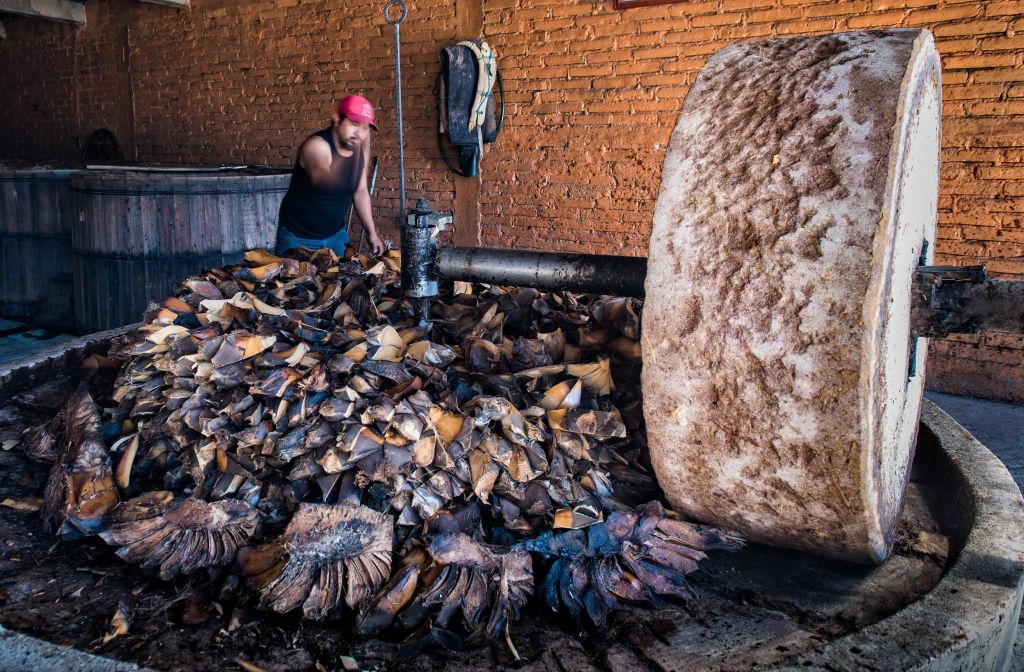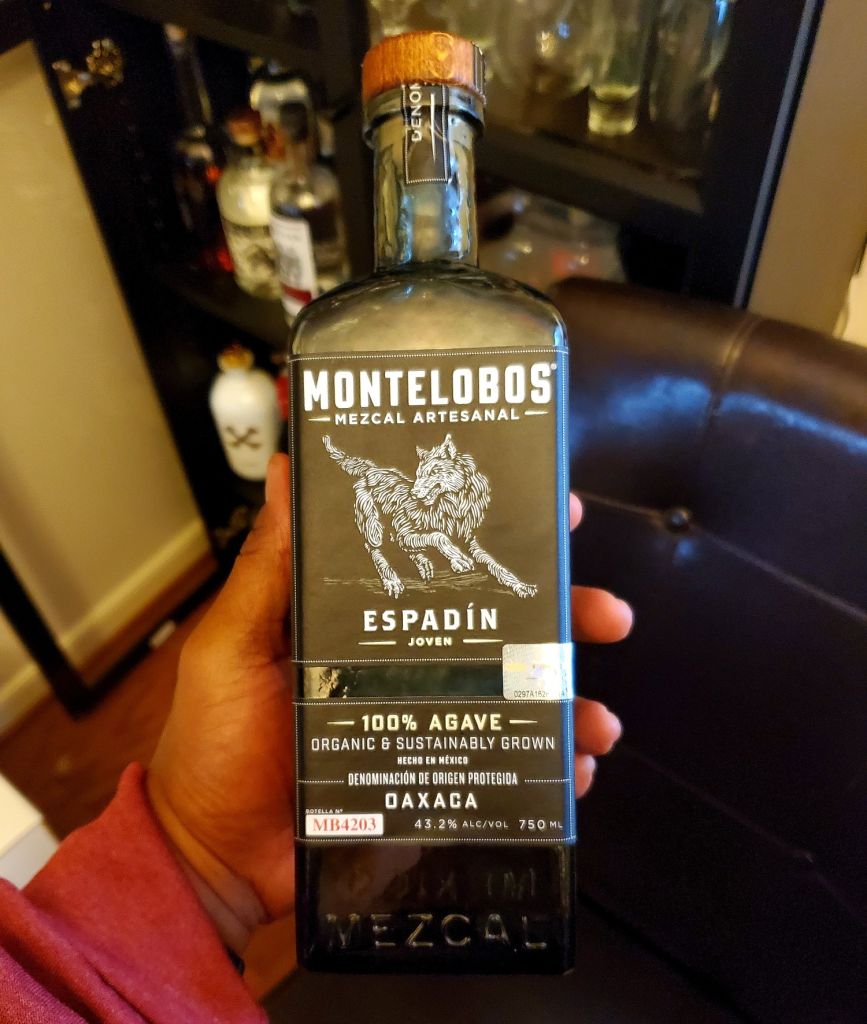
Source: OMAR TORRES / Getty
Mezcal enjoys a deep history dating back to the 16th Century and has emerged as an ingredient for craft cocktails in some of the world’s finest bars. It is also something of an acquired taste but with patience, approaching this distilled spirit’s bold and smoky flavors will open up a vast world of possibilities.
I should begin this entry by admitting something to Spirit.Ed readers before I delve deeper. Some might know that I don’t consume vodka over it being largely uninteresting, but I also placed mezcal in the same “never drink” box. I believe it was 2009 when I first tried mezcal in a fancy speakeasy in the form of an Oaxacan Old Fashioned, which used aged tequila, mezcal, and mole bitters. I was still new to the cocktail game and just got accustomed to the Old Fashioned and other classics using aged spirits.
I found the drink repulsive. I rarely return drinks to a bar out of respect to those in the service industry, but something about the smoky aroma and taste was like getting socked in the kisser. I couldn’t fathom why anyone would drink something like this on purpose. But, like most things, palates change and tastes become more refined. I tried mezcal in citrus-forward drinks which all but drowned out the spirit and I felt like that limited my experience.
For the uninitiated, mezcal is essentially any agave-based spirit. In fact, tequila is considered a mezcal due to its base but differs solely due to the strict use of the blue agave plant. Just as whiskey has its divisional offerings of scotch and bourbon, the same goes for mezcal. However, mezcal employs the use of other maguey or agave plants. The heart or “pina” of the agave is roasted and cooked down in underground stove pits, not unlike tequila, and later distilled. There are ranges of aging as we recently learned with tequila, but I’ve yet to sample the wider ranges.
Late last year, I looked through the trusty liquor cabinet and discovered a bottle of Montelobos Espadin, and did some research online about the product. This particular mezcal is considered a “joven” or unaged version of the spirit. Still, the smoky flavors of the Espadin maguey stood out despite not being finished in a barrel.

Source: D.L. Chandler / DLC
Mezcal is traditionally sipped neat but I wasn’t prepared to dive due to my earlier experiences. To aid me with the journey, I looked to Bittermilk’s No. 6 Oaxacan Old Fashioned Cocktail Mixer for assistance.

Source: D.L. Chandler / DLC
The verdict? I really liked this. I didn’t know exactly what I was supposed to be tasting but the mixer didn’t drown out the mezcal and the lime twist added to the experience in my glass. From there, I decided to try the mezcal neat.
The nose on the mezcal was like a faint hint of orange or lemon, a little herbal, and plenty of smoke but the agave still stood out. The first taste mirrors the nose but finishes oddly enough with bits of honey that lingered. In fact, it was so pleasant on the finish that I poured another dram as I was still on the sensory trip after the first sip.
In a nutshell, Espadin mezcal is a fine starting point for most people and could be enjoyed on its own or a base in a cocktail. As I’m still learning the nuances of mezcal, I’ll be sure to share with the Spirit.Ed readers what I discover down the road. For now, consider me a newly converted mezcal fan.
As always, sip safely and surely, friends.
—
Photo:
















